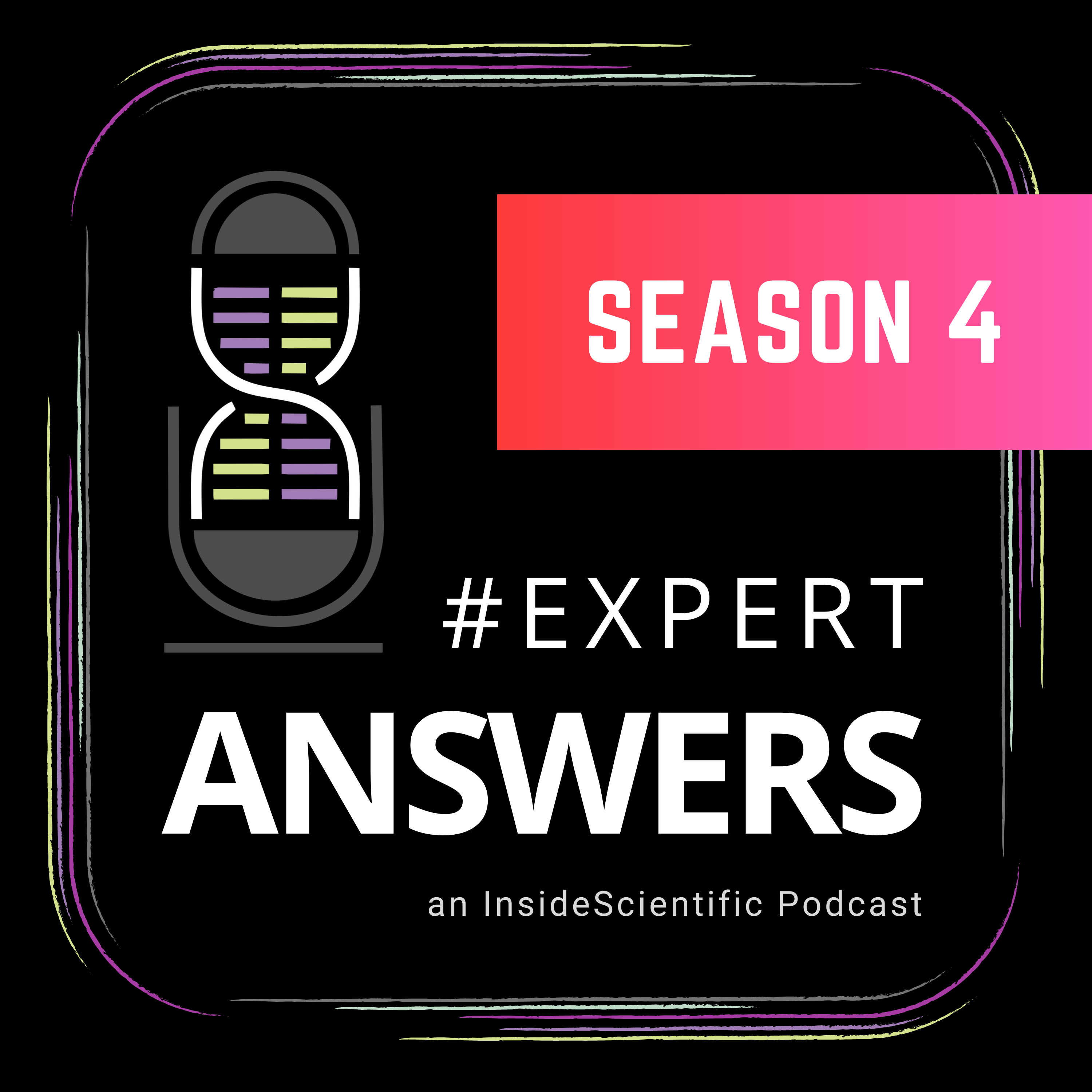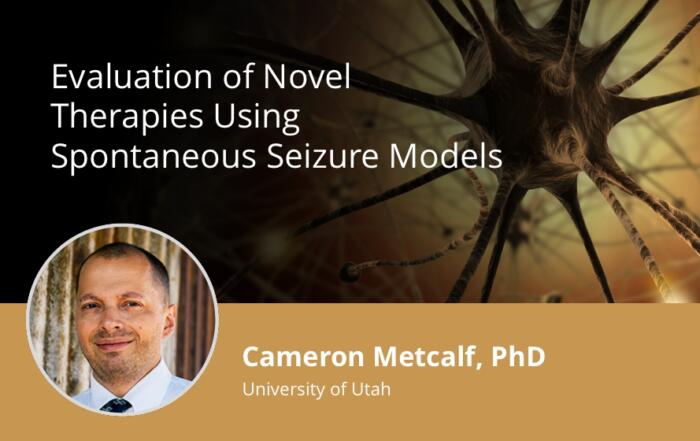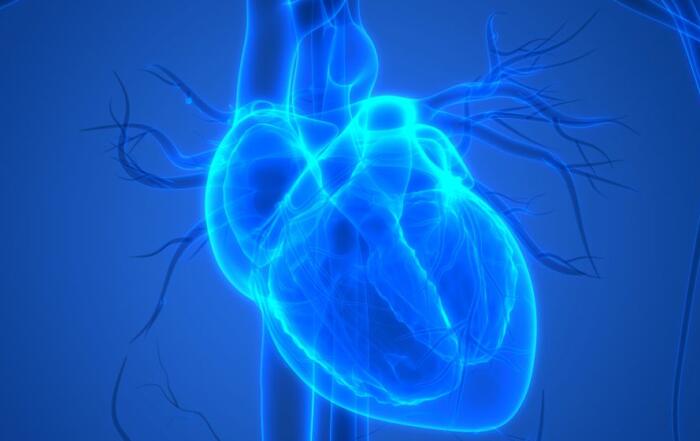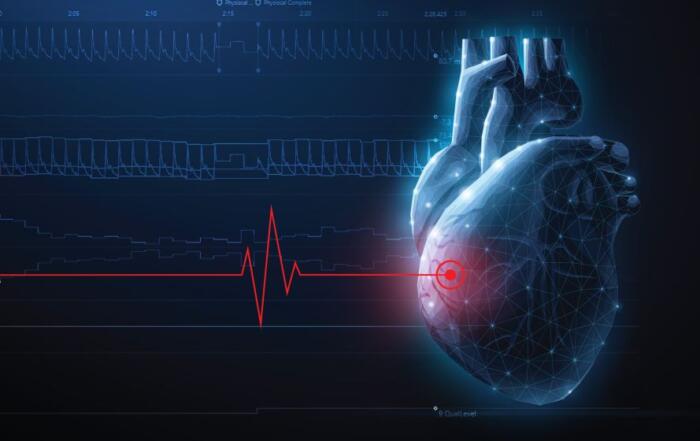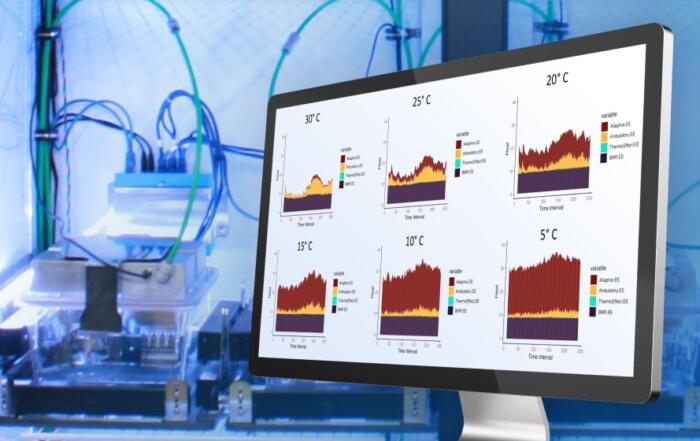View this on-demand webinar to learn microneurography techniques and research trends for the study of nerve stimuli and associated responses in human subjects.
While many neurophysiologists use invasive techniques to record from the brain or peripheral nerves in anaesthesed animals, such approaches have – of necessity – been rather limited in human subjects. However, 50 years ago the first direct recordings of nerve activity from peripheral nerves in awake human subjects were published. In Uppsala, Sweden, Karl–Erik Hagbarth and Åke Vallbo developed the technique of “microneurography”, in which an insulated tungsten microelectrode is inserted through the skin and into a muscle or cutaneous fascicle of a peripheral (or cranial) nerve. Their original aim was to understand the population behavior of muscle spindles during voluntary contractions, but they soon discovered that they could record from individual myelinated sensory axons supplying muscle or skin. Moreover, they confirmed that the same microelectrodes could record spontaneous and evoked activity generated by the unmyelinated sympathetic axons.
In this webinar sponsored by ADInstruments, Professor Vaughan Macefield, one of the world’s leading neurophysiologists in the field of microneurography, speaks about the current trends in this field, and specifically shares methodology, tips and best-practices that he uses in his lab to answer complex questions about physiological processes and associated stimuli.
Resources
To retrieve a PDF copy of the presentation, click on the link below the slide player. From this page, click on the “Download” link to retrieve the file.
Presenters
Professor of Physiology & Integrative Physiology,
MBRU – Mohammed Bin Rashid University
